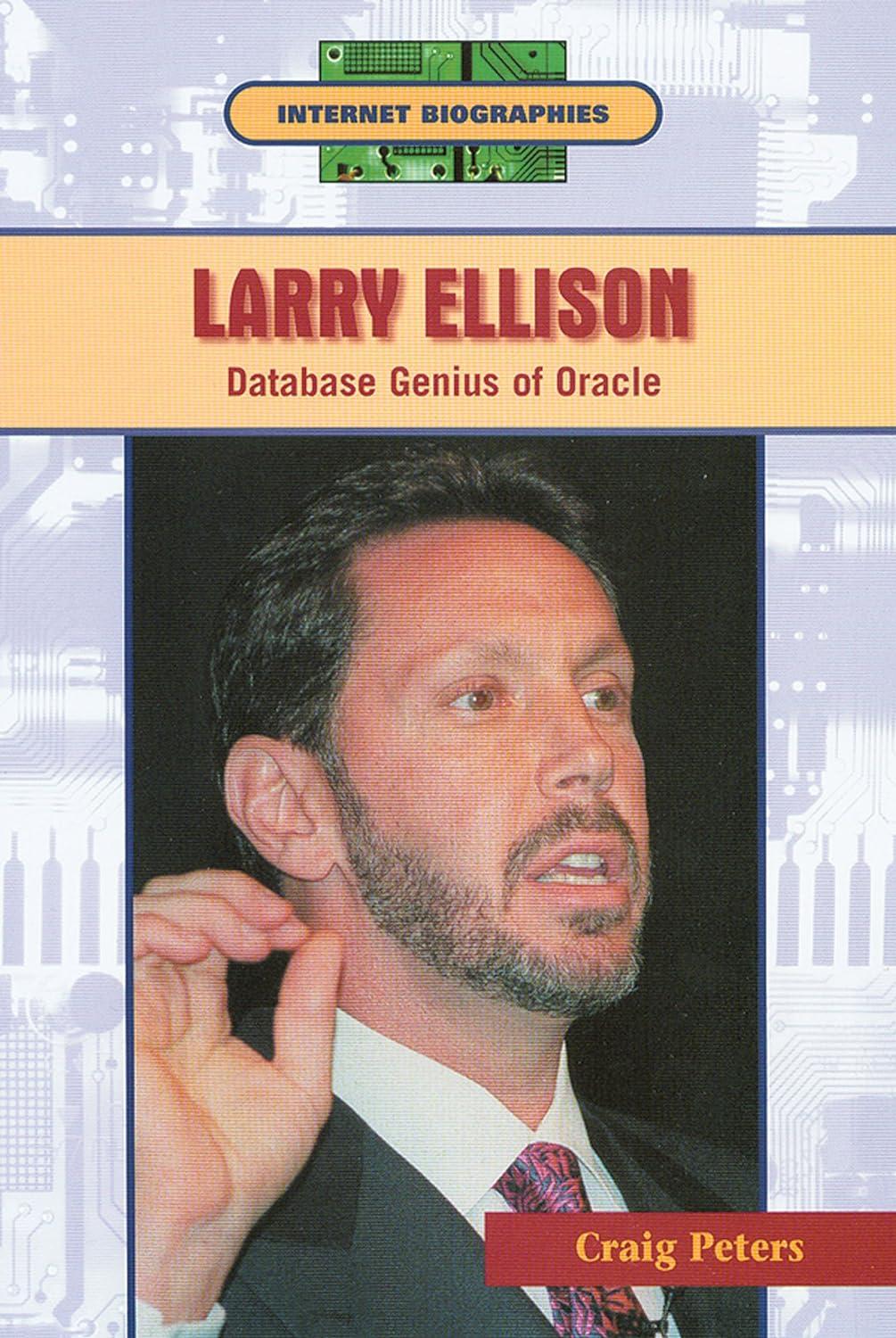Answered step by step
Verified Expert Solution
Question
1 Approved Answer
3 . Draw the recursion tree when n = 1 2 , where n represents the length of the array, for thefollowing recursive method:int sumSquares
Draw the recursion tree when n where n represents the length of the array, for thefollowing recursive method:int sumSquaresint array, int first, int lastif first lastreturn arrayfirst arrayfirst;int mid first last;return sumSquaresarray first, midsumSquaresarray mid last; Determine a formula that counts the numbers of nodes in the recursion tree. What is the Big for execution time? Determine a formula that expresses the height of the tree. What is the Big for memory? Write an iterative solution for this same problem and compare its efficiency with thisrecursive solution.
Using the recursive method in problem and assuming n is the length of the array. Modify the recursion tree from the previous problem to show the amount of work oneach activation and the row sums. Determine the initial conditions and recurrence equation. Determine the critical exponent. Apply the Little Master Theorem to solve that equation. Explain whether this algorithm optimal.
Step by Step Solution
There are 3 Steps involved in it
Step: 1

Get Instant Access to Expert-Tailored Solutions
See step-by-step solutions with expert insights and AI powered tools for academic success
Step: 2

Step: 3

Ace Your Homework with AI
Get the answers you need in no time with our AI-driven, step-by-step assistance
Get Started


